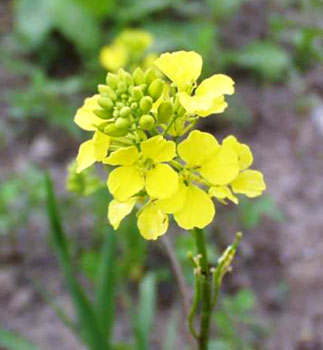 Economy of Patan district in the state of Gujarat is for the most part agrarian. Food processing, agriculture, and textiles are the most important vocational and industrial activities in Patan. Food processing has been the major sector for investment and employment in Patan district since the past few decades. The Food Processing Industry of Patan is well developed because of the nearness to agricultural districts such as Mehsana, Banaskantha etc. With the current surge in investments in the oil and gas sector, Patan is more and more shaping up into an attractive destination for investors. Textile sector also contributes largely to the district financial system. Patan Patola is one of the supreme hand woven textile materials produced. Besides this, Mashru, a mixed fabric, woven with an amalgamation of cotton and silk is also traditionally produced in Patan District.
Economy of Patan district in the state of Gujarat is for the most part agrarian. Food processing, agriculture, and textiles are the most important vocational and industrial activities in Patan. Food processing has been the major sector for investment and employment in Patan district since the past few decades. The Food Processing Industry of Patan is well developed because of the nearness to agricultural districts such as Mehsana, Banaskantha etc. With the current surge in investments in the oil and gas sector, Patan is more and more shaping up into an attractive destination for investors. Textile sector also contributes largely to the district financial system. Patan Patola is one of the supreme hand woven textile materials produced. Besides this, Mashru, a mixed fabric, woven with an amalgamation of cotton and silk is also traditionally produced in Patan District.
Most important food crops, oil seeds and fruits produced in the district include wheat, bajri, castor, rape, cereals, pulses, cotton, mustard, citrus fruits, pomegranate, ber, guava, papaya, etc. Vegetable crops such as potato, cowpea, brinjal, cabbage, tomato, cauliflower and cluster bean are cultivated in the district. Citrus fruits have the biggest share of 47 percent in production among all the fruits produced in the district. There are more or less 4,641 small scale industries in Patan district. Vegetable and Vanaspati, paper and pulp industry and food and processing industries are some of the major industries which operate in the small scale sector in the district. Vegetables and Vanaspati sector has attracted maximum investments among all the sectors. Patan taluka hosts maximum number of industrial units among all the talukas in the district.
The economy of this district is mainly driven by agriculture and agro- based products. Close proximity to the agro-food and biotech clusters of Ahmedabad has opened up latest opportunity for the food processing industries, research centres and educational institutes. Small scale industry sectors such as food processing, cotton based textiles, paper and pulp industry and vegetable oils mills are the supporting pillars of the district economy. Expansion of infrastructure projects in the district has added more jobs and increased opportunities for the masses. Patan is known for Patola sarees and offers scope for investments in textile sector.



















